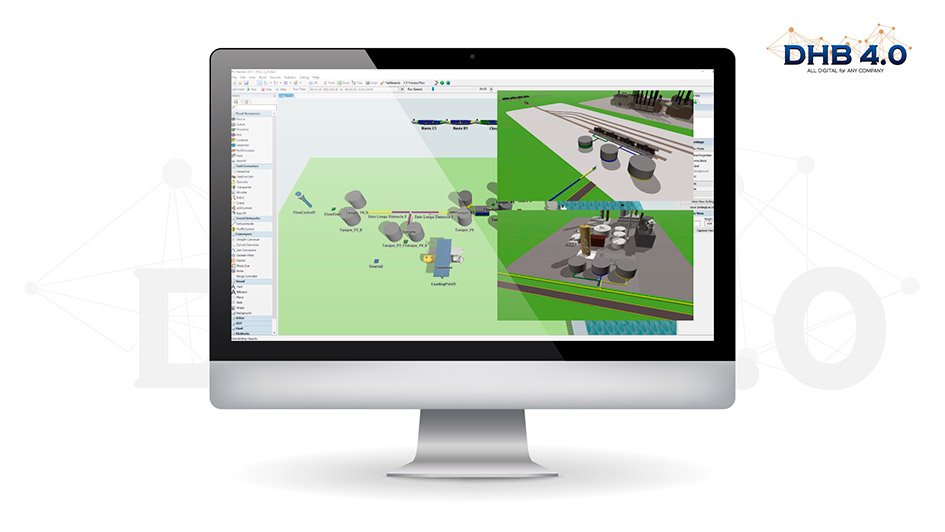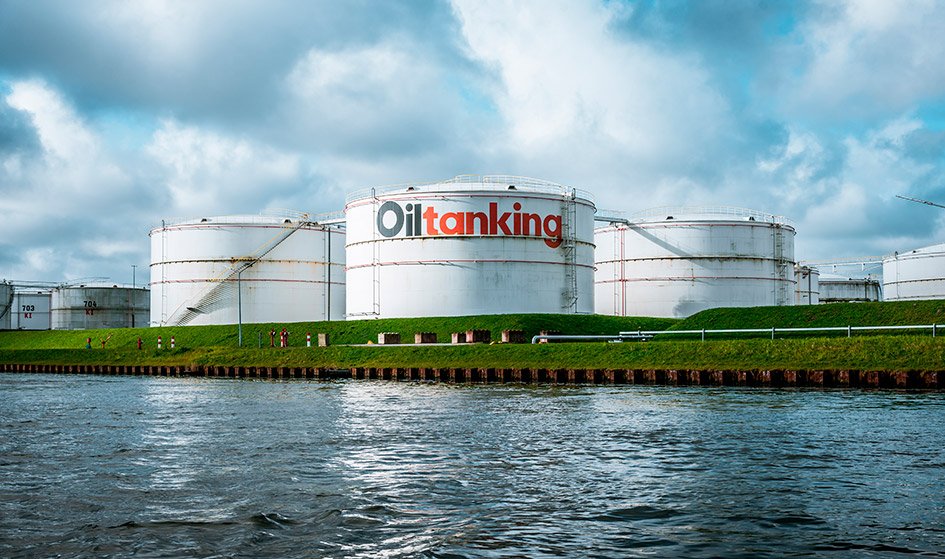Product Blending is a classical resource allocation problem (allocating components to products) and a natural application of mathematical programming.
There are several ways a blend optimization problem can be addressed:

Multiple product blending optimization is generally considered to be the most flexible approach to solving the resource allocation problem. Nonetheless, some refiners question its effectiveness as compared to methods based on single product blending. The argument is that single blend optimization allocates the least cost components available at the moment when the blend has to be made.
However, such an argument is valid in only 2 cases:
The case where…
there is very little variability in the quality of both the components produced and blended product grades over time
The case where…
there is no obvious scarcity of components, for instance because of the continuous availability of components for import, or because there are recurrent opportunities for export of several grades of products
Apart from these cases, multiple product blending optimization is by far more economical than single product blending optimization, since the allocation of components to products is done with a much higher flexibility, which makes it possible to drastically minimize quality giveaways.
DHB4.0 for multi-period product blending optimization is a software application part of the Princeps Planning & Scheduling Suite that enables the refinery schedulers to optimize product blending and realize higher value out of the available components.
Besides the standard operations
DHB4.0 can easily handle complex situations recurrent in oil product blending like these 5 elements :

The system takes into account:
In addition, FlexSim Brazil can help your company to define a new, flexible digital architecture. It will allow you to move away from “monolithic” high-cost, and high-risk IT projects toward a flexible and customizable architecture that allows the technology function to respond more quickly to changing business demands at lower cost and risk.

North America: +1 (645) 221.6090
Europe: +351 (920) 799.717
LATAM: +55 (19) 9 8251.9536